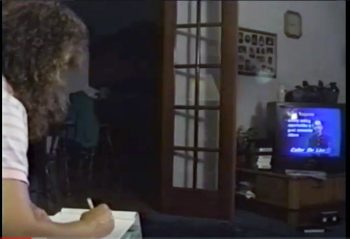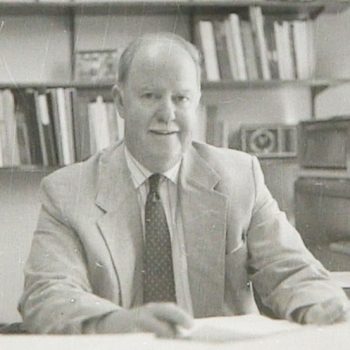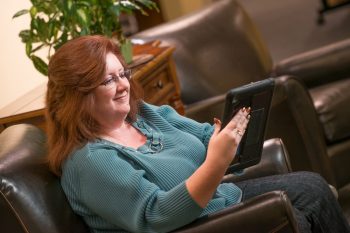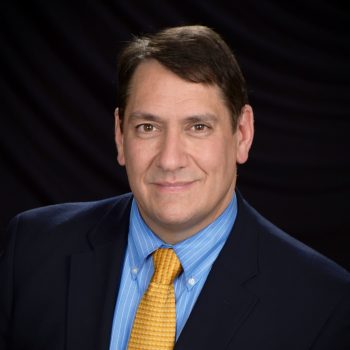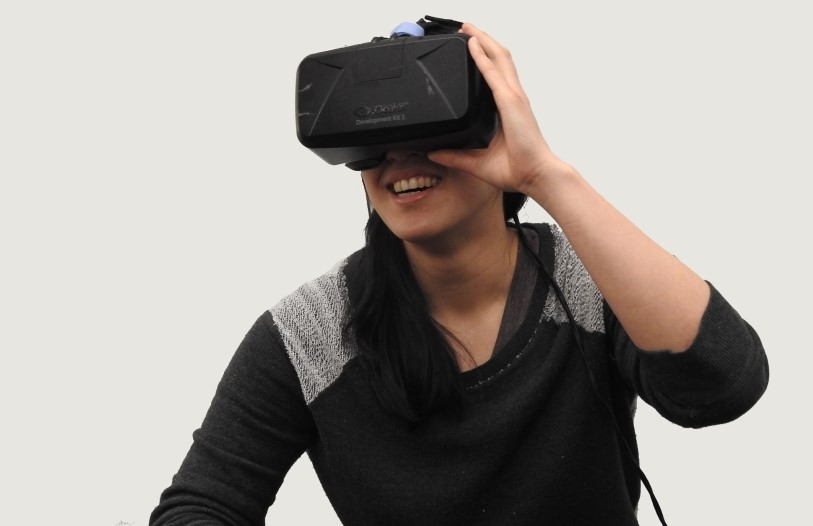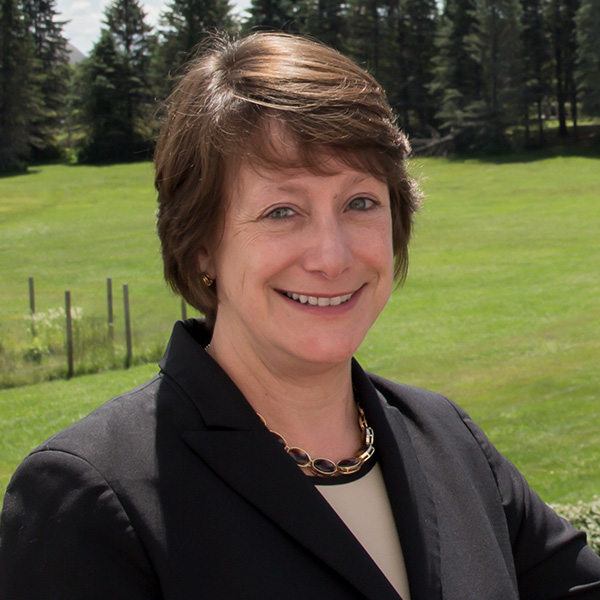Journey from the first ITV proposal in 1985 to the delivery of over 47,000 distance credit hours in Academic Year 2018-19.
A Pioneer in Distance Education
UMA has been a pioneer in providing higher education to students at a distance, from the very first courses broadcast via ITV to today’s highly interactive online courses.
For many, it is hard to remember a time when information could not be accessed, literally, in the palm of your hand. A time before smartphones and PCs, when Facebook and Instagram were not part of a world wide web connected citizenry. Thirty years ago, UMA, with University of Maine System support, was on the cusp of this technological movement with a goal of reshaping access to higher education across the state of Maine and beyond.
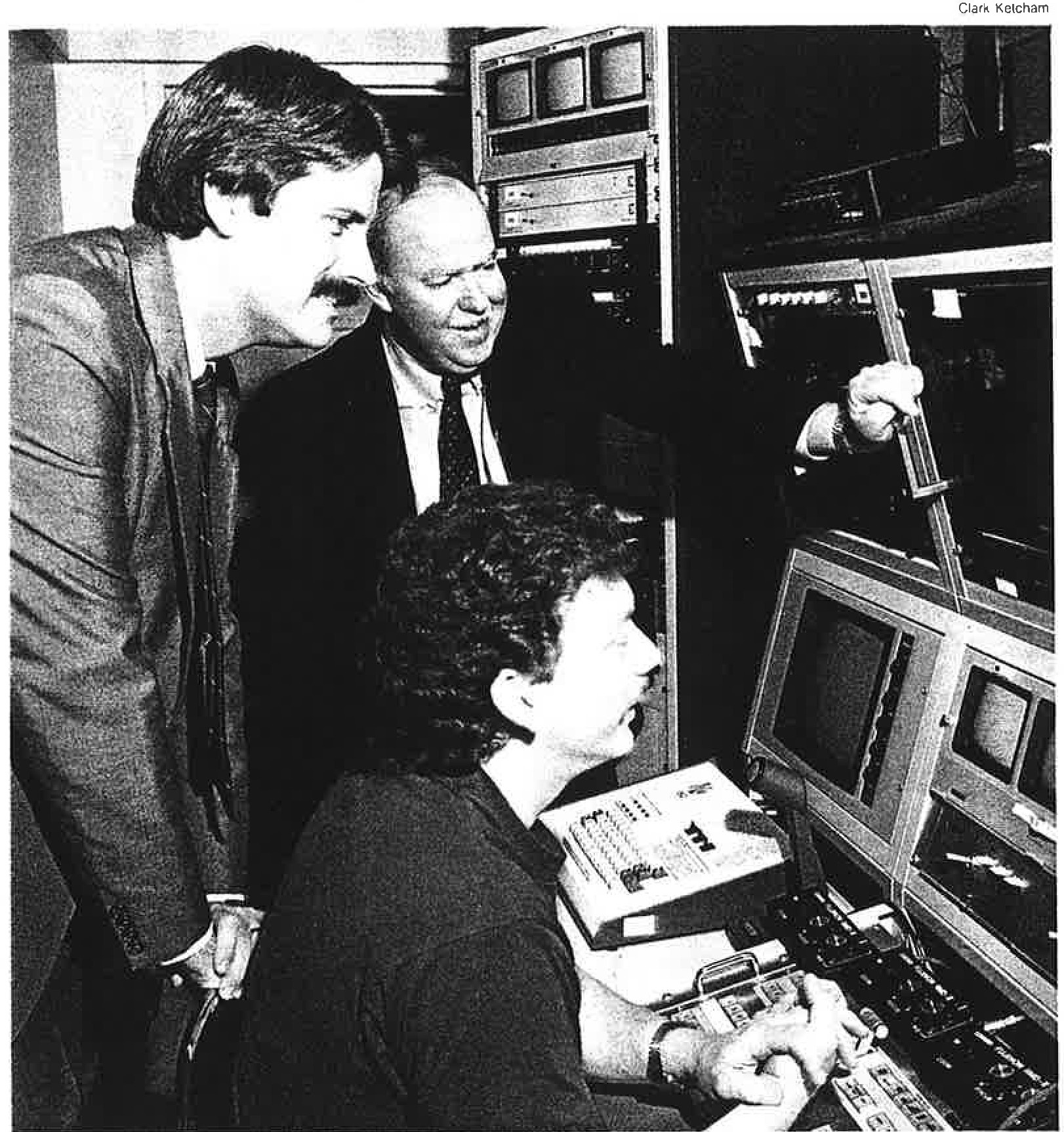
The University of Maine System has gone high-tech to bring college to every corner of the 33,000-square-mile state…There are similar programs in other parts of the country, but none is as extensive or covers a state as thoroughly as Maine’s.
— Bangor Daily News Archive, 1991
At Right – George Connick (center) gets personal tour of ITV control room in Augusta from Director Fred Hurst and technician, 1989.


